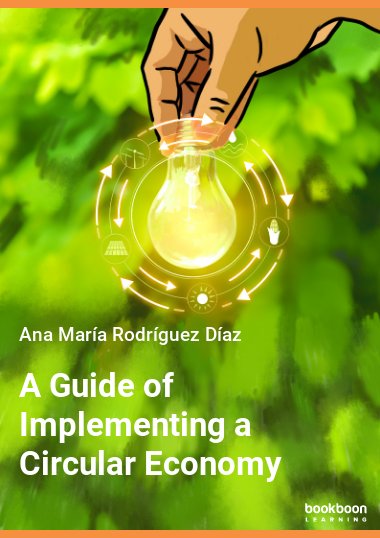This book is a guide for implementing the circular economic (CE) model from theory to practice. The first chapter refers to the origins of CE, reflection on the theory of evolution that established a linear economic model, and schools of thought. The second chapter details theoretical aspects of CE by exploring planetary boundaries, doughnut economics, life cycle, and the proposals of some institutions. Resulting with a statement about why a company should implement a CE model. The third chapter reflects on the circular economy´s principles, and how to implement and assess CE. Finally, the last chapter illustrates templates to implement CE.
About the Author
Ana Maria Rodriguez is an industrial engineer with a master's degree in environment and sustainable development at University College London. An experienced consultant, with 8 years of skills development in sustainable strategies, circular economy, sustainable reports (GRI – DJSI), climate change, natural-base solutions, data analysis, corporate social responsibility, environmental compliance, monitoring and evaluation, supply chain management, project and risk management, and triple impact projects analysis (social, environmental, and economic).


